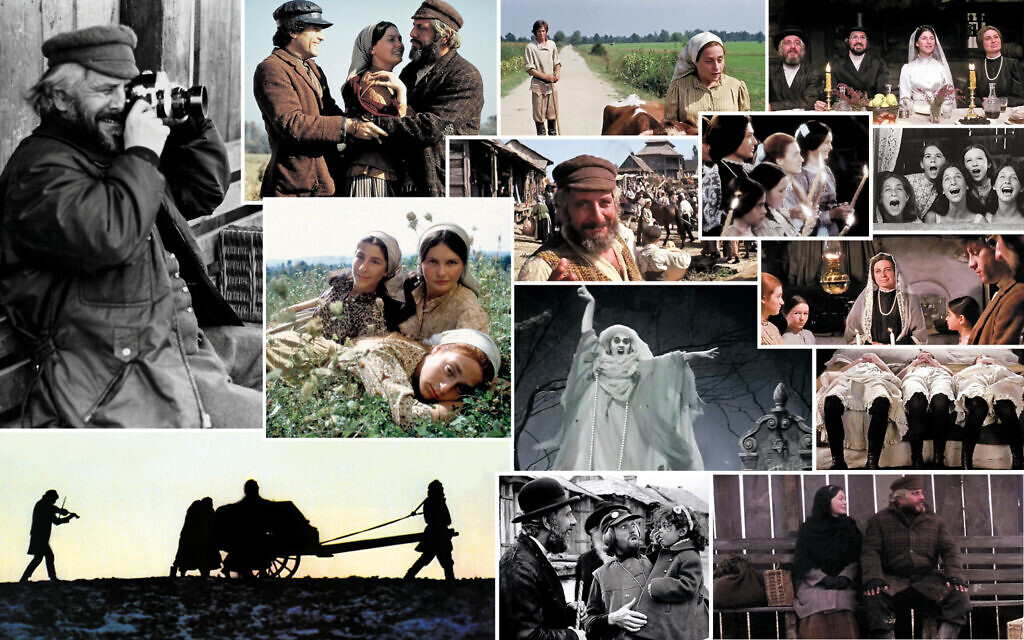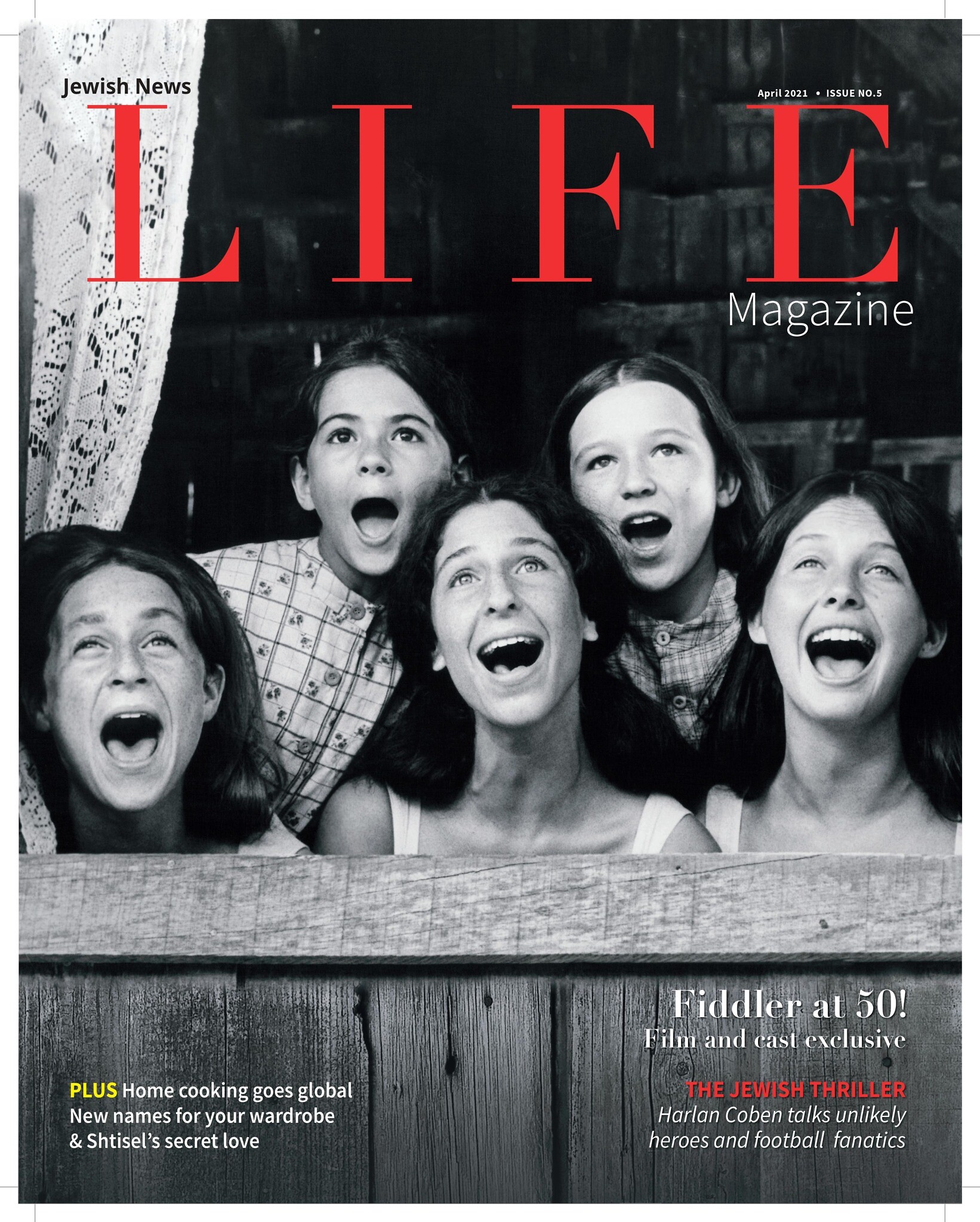Fiddler On The Roof at 50: A celebration with the original cast
Exclusive: To celebrate the film’s half-century, Jewish News chats to cast members and Topol’s family about its unique journey – and their lives since.
When the film adaptation of Fiddler on the Roof opened, revered critic Roger Ebert gave it three out of four stars and said director Norman Jewison “has made as good a film as can be made from the material”. Ebert, now deceased, thought the storyline was “quite simply boring”, which decried the work of its original author, Sholem Aleichem, and raised doubts about Ebert’s Pulitzer Prize for criticism.
With global acclaim from almost all other reviewers, three Oscars, multiple nominations (including Best Actor for Chaim Topol) and a cumulative $83.3 million at the box office, the enduring appeal of this movie is irrefutable.
From the first sunlit sighting of the fiddler (Tutte Lemkow) to Reb Tevye’s last look in the frozen finale, the audience is transported to the Russia of the Czars and a people under siege. Theatres, of course, always want a revival of composer Jerry Bock and lyricist Sheldon Harnick’s celebratory tragedy but, on stage, the shtetl is just scenery. In the film, it has a beating heart.
Get The Jewish News Daily Edition by email and never miss our top stories Free Sign Up
And now, as this magical movie reaches its 50th anniversary, there is news of a remake. With MGM’s funding, Hamilton director Thomas Kail is fulfilling a lifelong dream and revisiting Anatevka. Although plans for his Fiddler screen revamp are yet to be revealed, the social media tag ‘Leave #FiddlerOnTheRoof alone!’ comes from devotees who believe the 1971 film is sacred. It certainly is for the cast, many of whom were making their first film when they arrived in London on 18 May 1970 to begin rehearsals.
Jewison’s transatlantic search for suitable Hodels, Motels and Shprintzes was over and his chosen cast were sleeping off jet lag at the Mayfair Hotel. Interestingly, Jewison’s own suitability for the job was his biggest worry, as the president of United Artists, Arthur Krim, had made the wrong assumption about his name.
As Jewison recalls telling him: “There is one enormous problem with me directing the film. What would you say if I told you I was a goy?”
The room fell silent, but with such credits as In the Heat of the Night and The Cincinnati Kid, a difference of faith did not deter Krim, who replied: “Why do you think we asked you to make the film?”
Asserting his authority, Jewison, who is now 94, resisted casting Broadway favourite Zero Mostel as Tevye and instead chose Tel Aviv-born Chaim Topol.
“He was closer to the reality of the character,” says Jewison, appearing as his younger self in Max Lewkowicz’s unmissable documentary, Fiddler: A Miracle of Miracles, now on Sky.
The 1971 film is just part of Lewkowicz’s vibrant history of the creation and cultural significance of the 1964 musical but, as a fan of the movie, he returns repeatedly to Topol’s iconic interpretation.
“My father says he based Tevye’s inner strength and straight talking on his own father,” says Topol’s oldest daughter, Anat, who lives in LA. “But it was Shmuel Rodensky, Israel’s Laurence Olivier and a veteran Tevye, who taught him the most, as he told dad not to play the comedy too strongly in the first act as you lose the drama in the second act.”
Originally divided by an interval, the second act brings only tragedy for Tevye, who faces the loss of his home to tsarist persecution and his two daughters to a new world. Indeed, it is Hodel’s farewell to Far from the Home I Love that moved Topol most. “She doesn’t speak, she just sings the song, and he understands every single feeling that she has. And he knows he won’t see her anymore.”
As the film’s emotional fulcrum, Topol’s portrayal of the pious milkman
has led people to ask about his real persona. “He doesn’t act, but lives the part and you can actually see his heart breaking,” says his youngest daughter, Adi, who played Chava with him at the Palladium in 1994.
“In the show, he shouted at me every night because of my marriage to Fyedka and, every night, I cried. I then had to run around the back of the stage and reappear to do the cute little bird dance. I was still crying. It wasn’t a fun scene and he always hugged me afterwards. He needed that hug just as much as me. So when people ask if there’s a lot of Tevye in my father, we tell them it’s Tevye who has my father in him.”
“A fiddler on the roof
sounds crazy, no?
But here, in our little
village of Anatevka,
you might say
every one of us is
a fiddler on the roof.”
Screenplay by Joseph Stein
???? // Fiddler at 50: A Reunion Celebration of Fiddler on the Roof!
Join us for a world exclusive reunion of the iconic film’s cast to celebrate Fiddler on the Roof’s big birthday.
Click the link below to book! ???? https://t.co/II26SY2Gww pic.twitter.com/syLTurOdYF
— Jewish News (@JewishNewsUK) April 5, 2021
Tzeitel’s Tale
Rosalind Harris has Bette Midler to thank for landing the role of Tzeitel. The Divine Miss M still yet to emerge, was playing the oldest sister in the 1967 Broadway production and Roz was her reluctant understudy.
“She would kid with me and say ‘I think I’m gonna miss a show’, which I didn’t want as I was scared.”
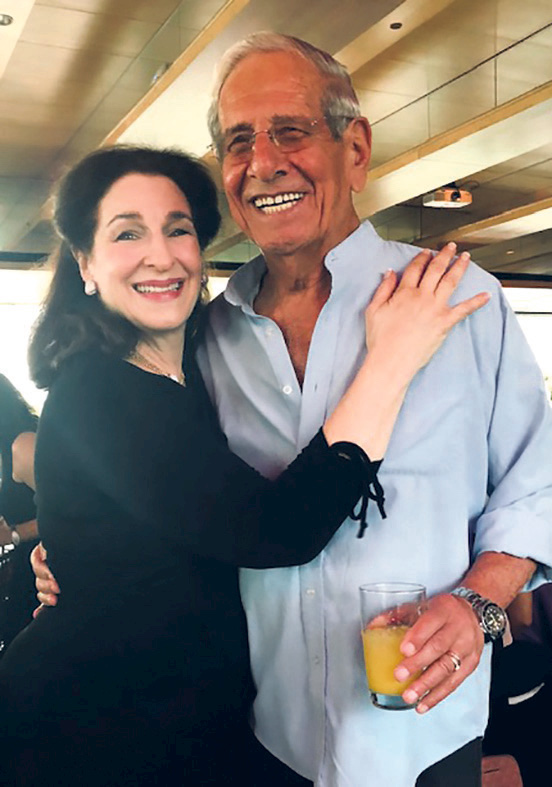
Self-conscious about her Semitic nose until Streisand gave it charm, Roz got her turn when Bette took a break and her Tzeitel was an obvious choice for the film. Except she couldn’t get an audition. Every Jewish girl who could hold a note knew Jewison was in New York for castings and Roz wasn’t pushy. “I was also wary of stepping on Bette’s toes until she approached me backstage to ask if I’d auditioned and when I told her ‘No’, she didn’t hesitate. ‘Roz, they don’t want me. Get your ass down there.’”
At the age of 75, the story still tickles Roz, who took her advice and blew away casting director Lynn Stalmaster with an audition that had him calling for Jewison. “’Get him here now,’ he shouted’ and I was soon running around the room singing all three parts of Matchmaker for him.” Roz remembers everything, even being naked in her kitchen when Stalmaster called to offer her the part. “My sister came over and we screamed and hugged for half an hour before I left for the theatre with laryngitis.”
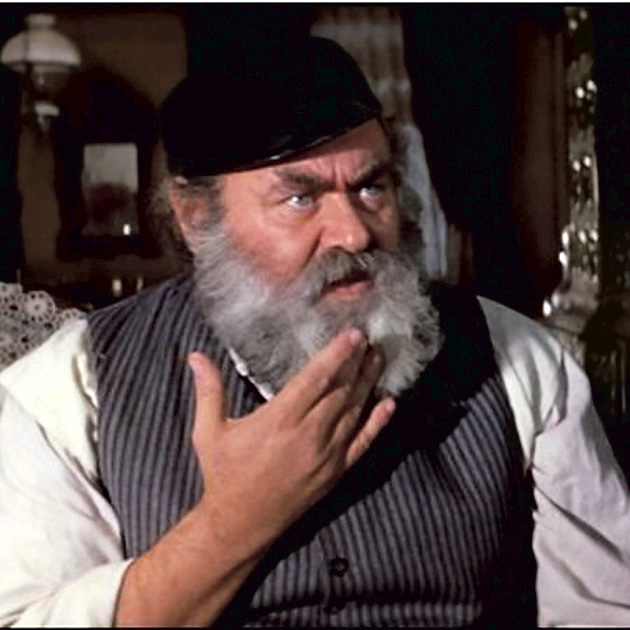
Emotions were still running high when the 24-year-old screen newbie arrived at the film’s location in Zagreb with a broken heart.
“The love of my life had left me,” she says and although grief infused her performance, it did not spoil the fun with her co-stars.
“Michele, Neva and I decided to experience being European and go natural as in not shave. It was 1970 and we wanted to try it, but Fiddler is set at the turn of the century, so when we threw up our arms during Matchmaker, Norman stopped the cameras. ‘What the hell is that forest under your arms? Get back to the hotel and shave your pits.’”
Tevye’s daughters were also too fond of the cafeteria doughnuts, with Roz always head of the queue filling her apron pockets. “Until Norman stopped us and said we were a bunch of porkers, then shut down filming for a week and put us on a diet.”
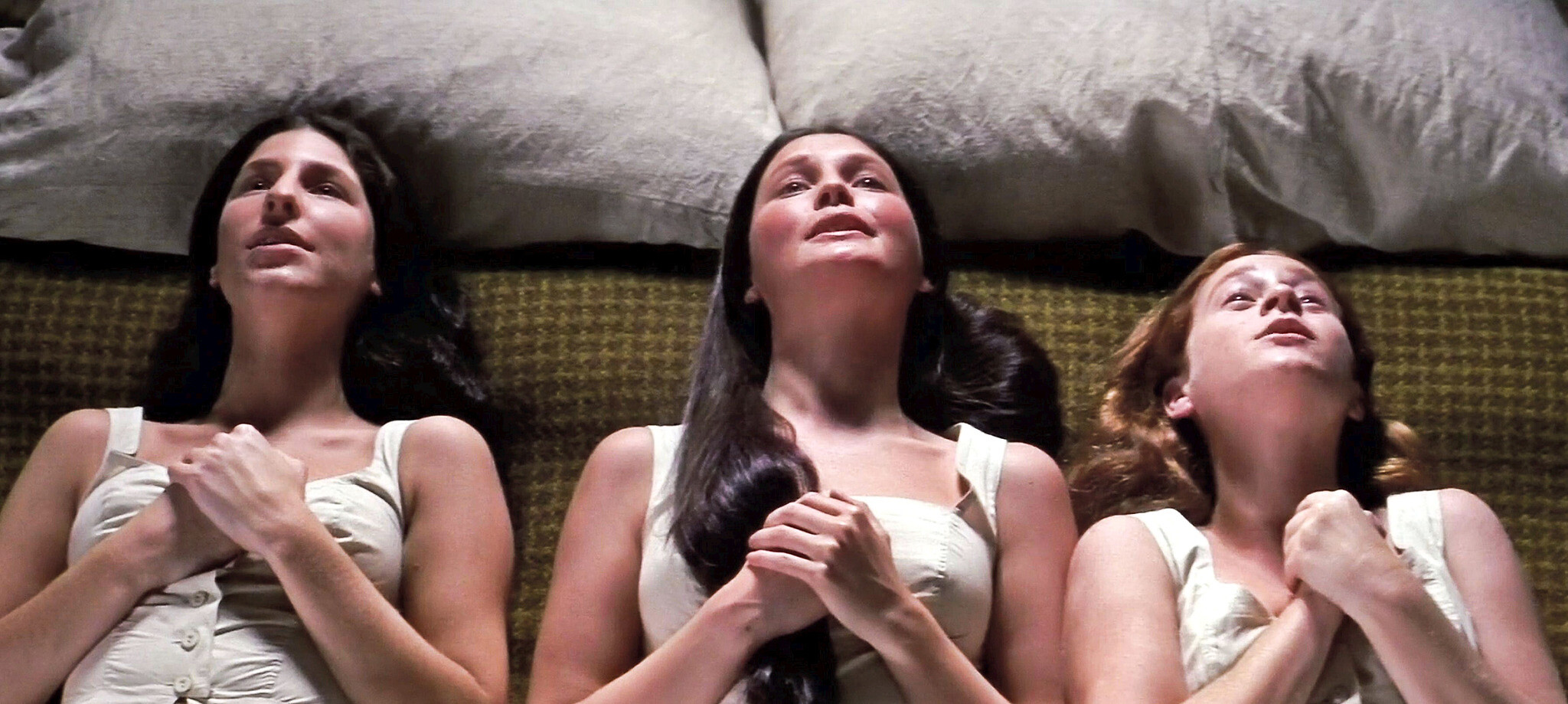
Roz’s many tales include an instant connection with screen spouse Motel (Oscar winner Leonard Frey), who was “just my type, but gay”, but the real corker is that her actress sister Lenore married the butcher Lazar Wolf in real life. “Yes, Paul Mann was my late brother-in-law and he was a tremendous actor who also taught drama. Sidney Poitier was his student as well as me and my sister. I persuaded him to let me take photos at their wedding because he didn’t want any,” says Roz, who still loves the pics and would have ‘married’ him too, had it not been for Grandma Tzeitel dropping by in Tevye’s dream.
‘Far From Home’ Hodel
In the garage of her home in Idyllwild, California, Michele Marsh has a box marked ‘evacuation’. There is nothing unusual about this, as residents are prepared for wildfires hitting the region. Few, however, would consider a box of 1971 film memorabilia a rescue priority.
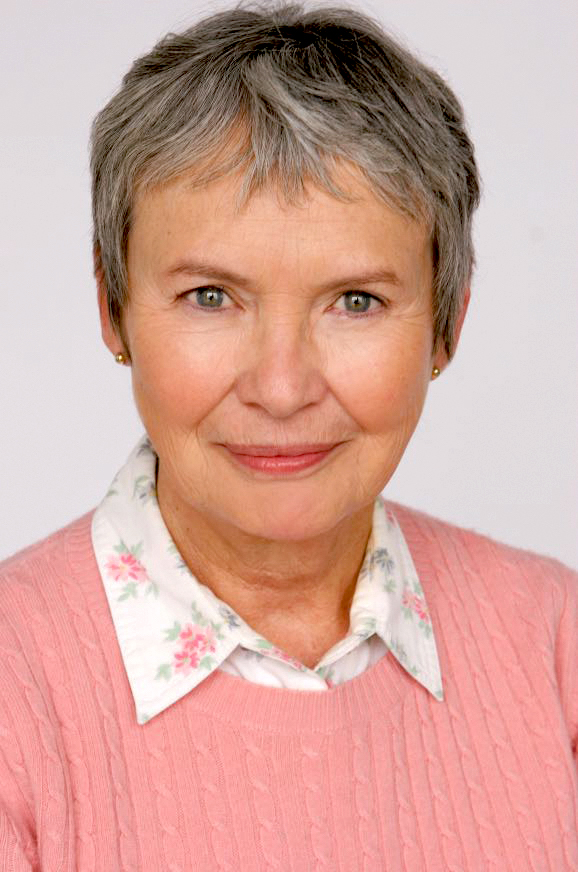
Not Fiddler fans. They would be fascinated by Michele’s collection of reviews, cuttings, photos and call sheets from her first film – and she’s not leaving without them. Years before she was cast as Hodel, Michele appeared as Beilke, one of the younger daughters in Sholem Aleichem’s Tevye, at a theatre in Carmel.
“When I heard the play had been turned into a musical, I was horrified,” she says, not realising she would one day star in it with her future husband.
“That was Joel Rudnick, the nice Jewish boy I met when I was in San Francisco studying at the American Conservatory Theatre. We’d broken up by the time I got a part in Oh! Calcutta! in LA, but he still drove me there to live with his aunt.”
It was the aunt who advised Michele to sneak into Samuel Goldwyn Studios and deliver her resume to Norman Jewison’s office to secure an audition. “But when they asked me to prepare two songs for the next day, I had to run and buy the album as I’d never seen the show.”
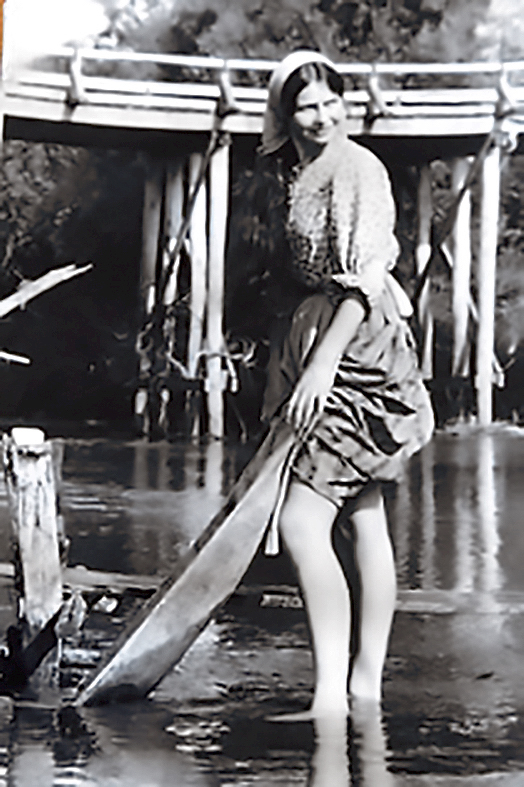
Looking back, she still can’t believe that John Williams, the film’s musical director, was on piano at her audition or that being in the racy revue Oh! Calcutta! didn’t stop her from being cast as an Orthodox farm girl.
“Plus I’m not Jewish, so when I got the part I was so afraid they were going to change their mind I bought books on Jewish mysticism and tried to educate myself.”
By then reunited with Joel, he joined her in Zagreb, where it was filmed, and got a part in the movie.
“I asked if he could be in it and they said he could if he grew a beard and got a tan. You can spot him with the rabbi in the synagogue and holding the chuppah at the wedding.”
After shooting interiors at Pinewood Studios, only Michele, Topol, Norma Crane (Golda) and Jewison returned to Zagreb to film Hodel’s snowy exit. “They were having an Indian summer, so we waited 10 days before shipping in marble dust to pass as snow. They blocked out the sun with the steam train that takes Hodel away.”
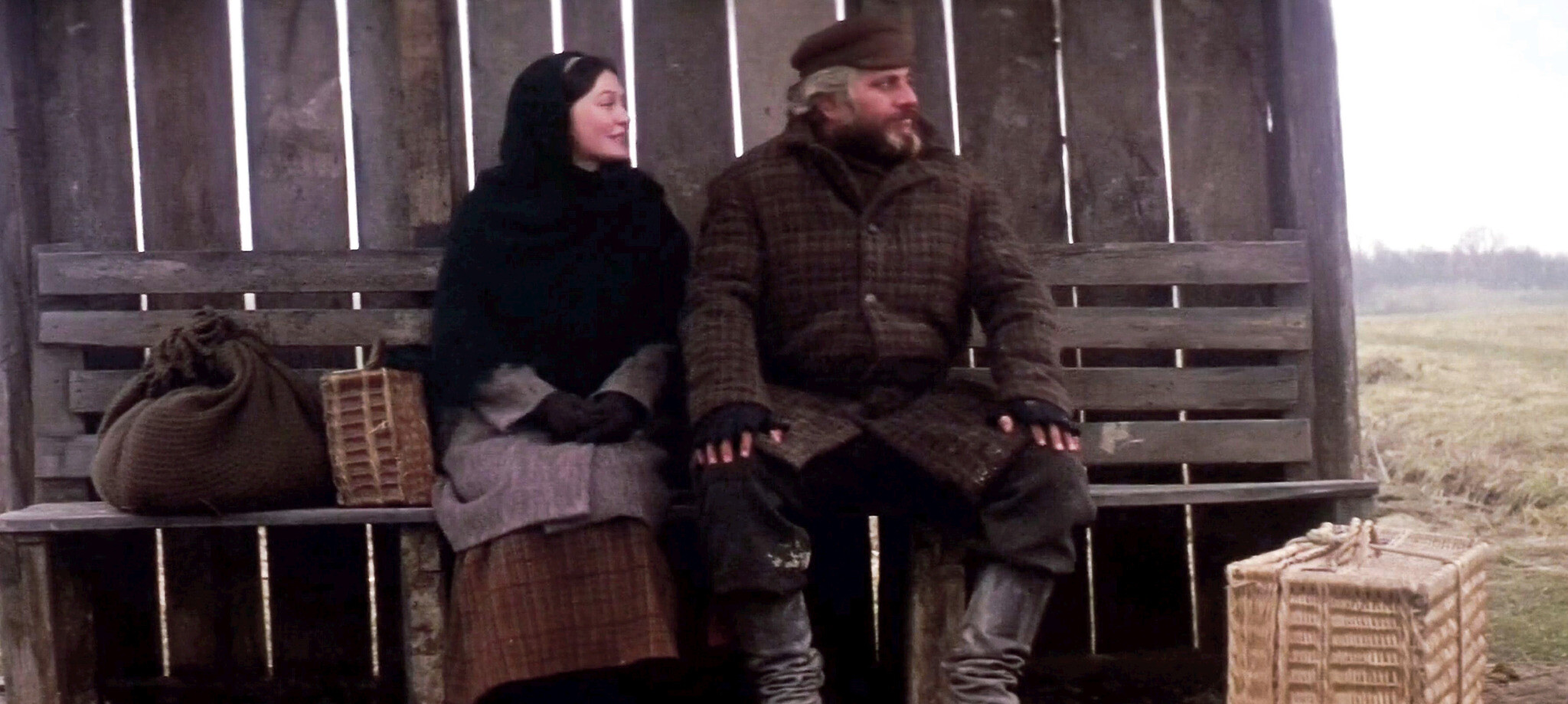
Michele’s hoard of nostalgia is a physical reminder of that and so many other scenes performed by departed cast members, such as Leonard Frey (Motel) Ray Lovelock (Fyedka) and Norma Crane.
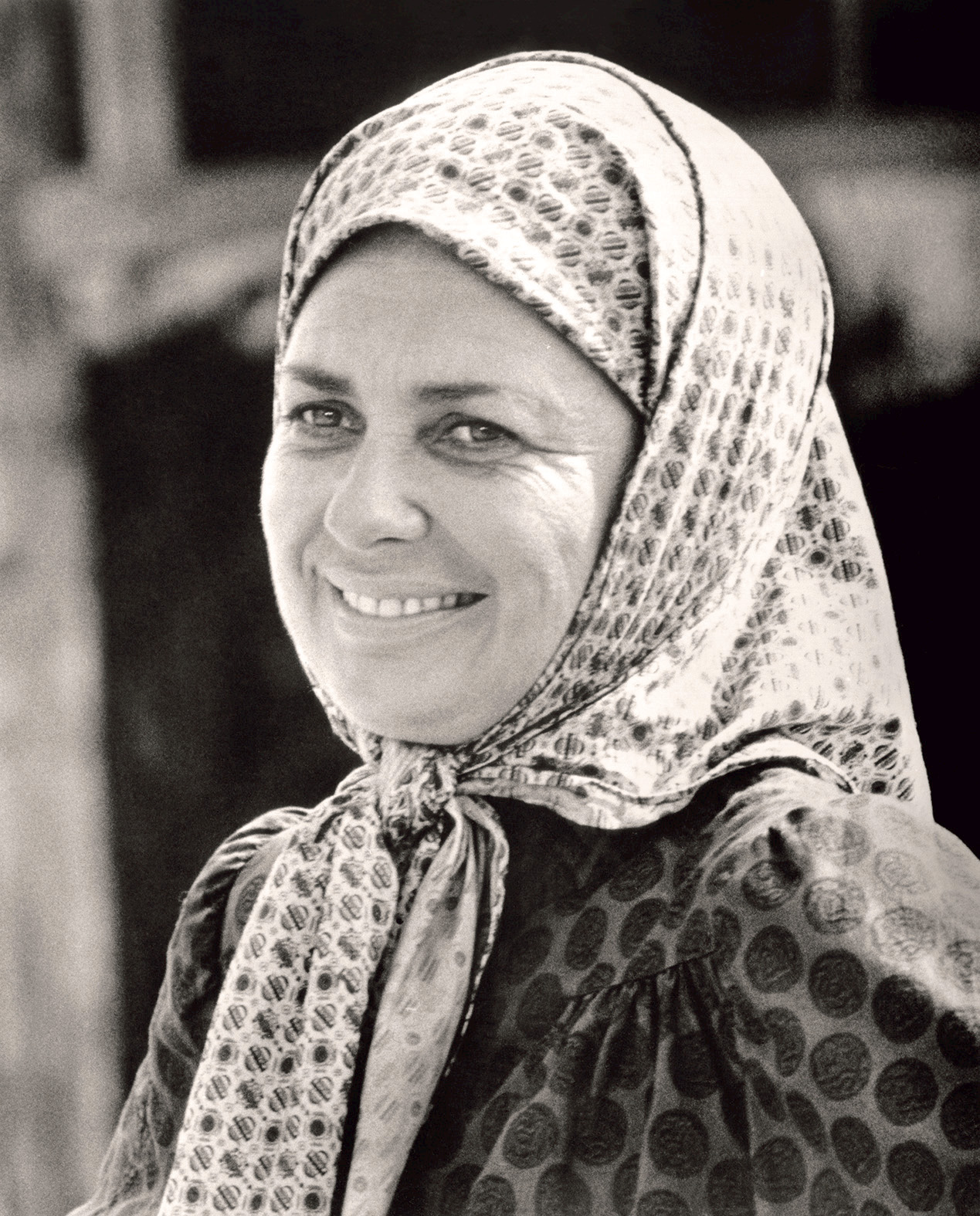
“She was diagnosed with breast cancer weeks before filming, but we didn’t know. When we had days off, Joel and I went with her to Venice, which was lovely, and after the film I visited her at home.
She was 44 when she died, two years after Fiddler’s release, but when we finished filming she sent me this note: ‘I may have played your mother, but you are my dear friend.
We’ll be friends forever.’”
Little Chava
Neva Small was always going to be a performer. What else could she be,living a stone’s throw from Broadway with a mother who played harp in an all-female orchestra and Leonard Bernstein in the guest room?
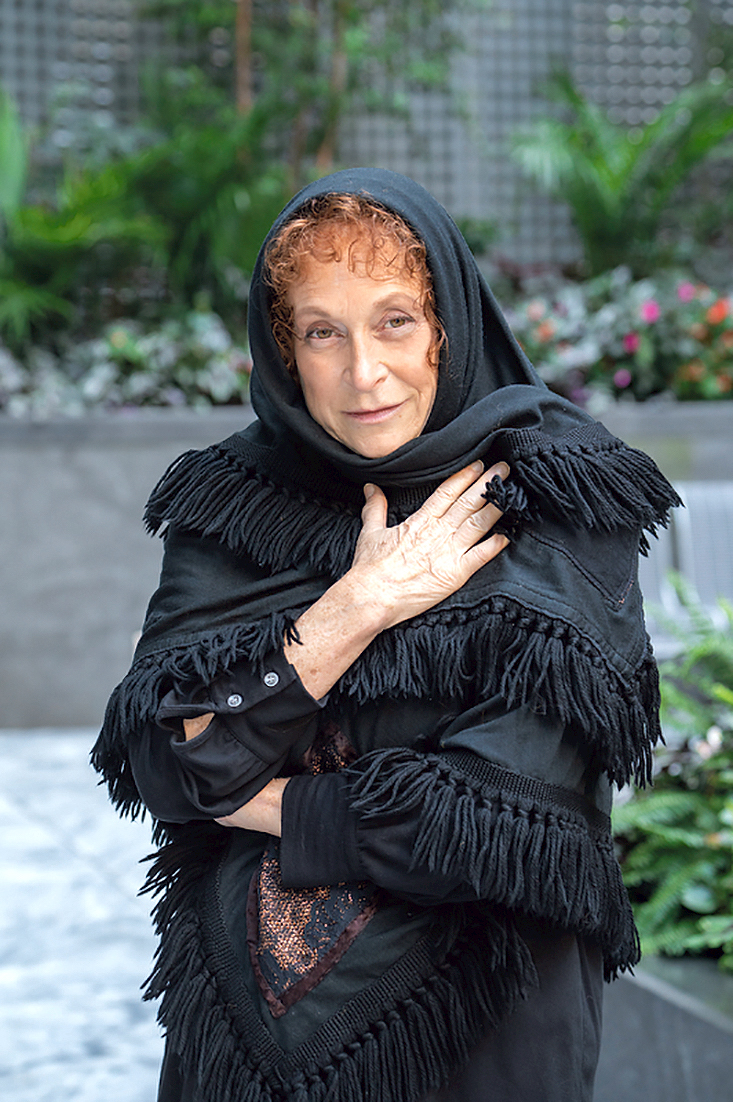
Credit: Richard Termine
“He was the son of my dad’s best friend,” she explains. “What can I say? It’s an interesting family and, once they discovered I could sing, I was auditioning for jobs and playing the daughter of the star soprano at New York City Opera by the age of 10.”
Starting young meant Neva had already worked with the Fiddler casting director, but there was no fast track past the five auditions and screen tests.
“I guess my singing was special enough that John Williams noticed. And then to work with Norman Jewison, who directed TV specials with Doris Day and Andy Williams.”
Clearly in awe of the head honcho, Neva was young enough to play ‘everybody’s favourite child’ Chava, and turned 18 on location.
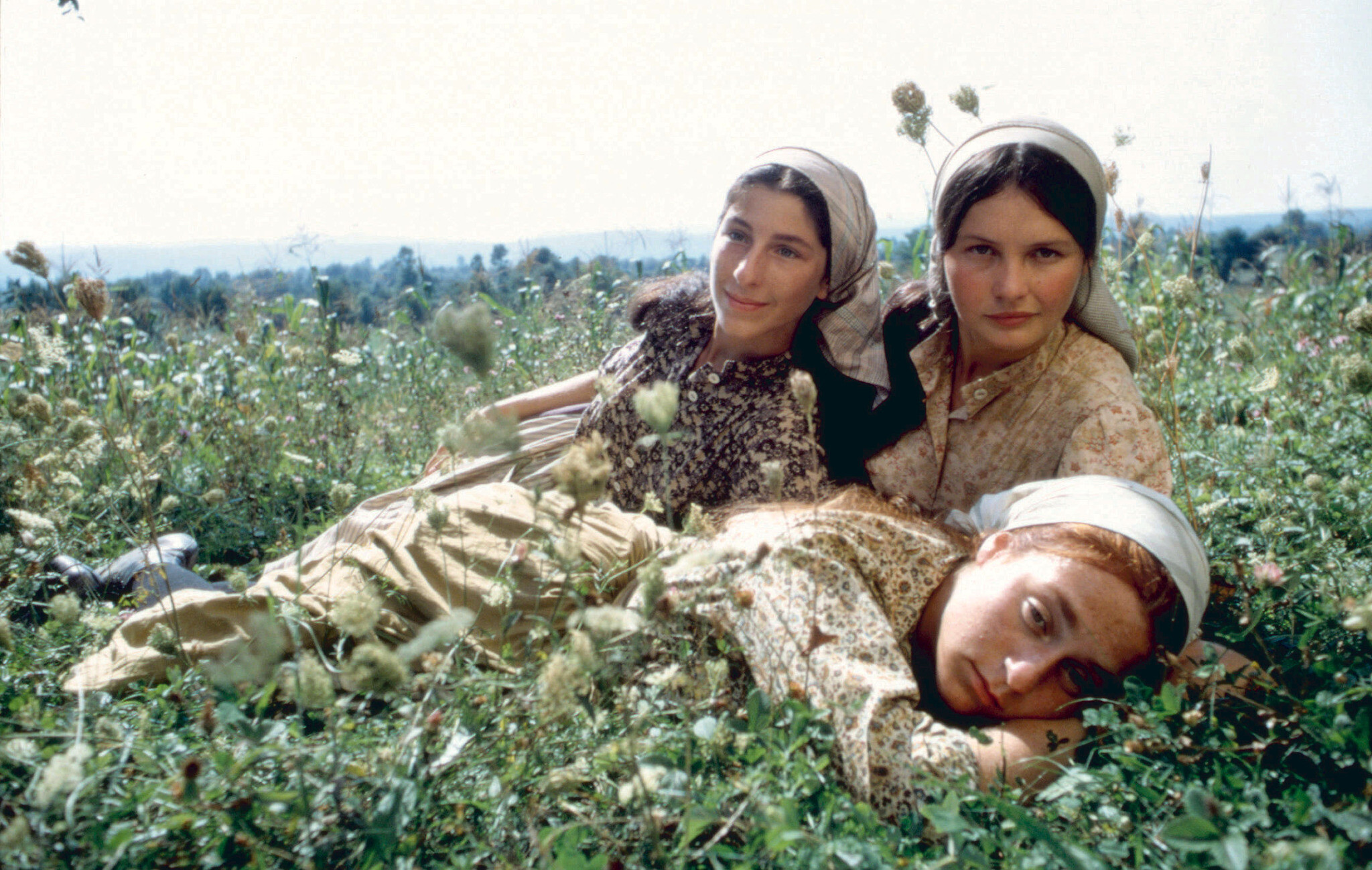
“At the hotel, my neighbours were Molly Picon (Yente) and her wonderful husband Jacob, who was also in the film. Molly was a child star in Yiddish theatre, so it was special to be next door to them for so many months.”
Describing the crew as icons, Neva mentions cinematographer Oswald Morris and production designer Robert Boyle, who scoured Eastern Europe with a tape recorder playing Fiddler tunes in remote villages to gauge their suitability.
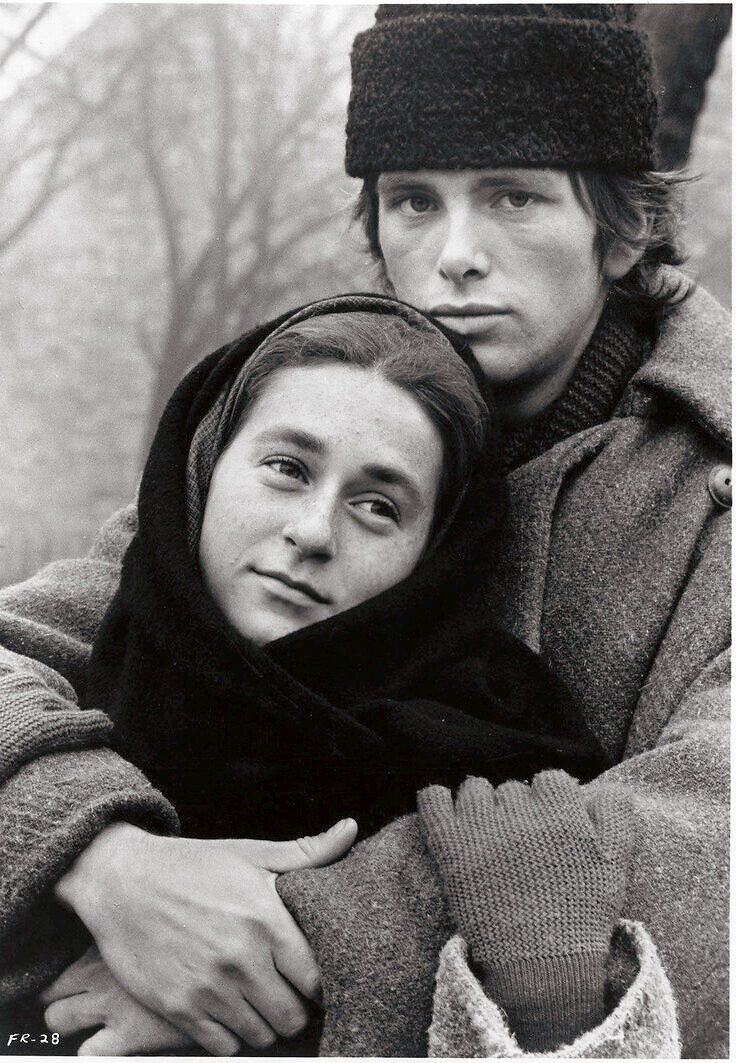
“In the end, they built the shtetl in Zagreb according to Oswald’s plans and he won the Oscar,” informs Neva, who is always a guest star at Fiddler events and recently joined Rosalind Harris on the album for Joel Grey’s Yiddish production.
“We sang To Marry for Love, which was cut from the original show and replaced with Matchmaker, which was better.” That’s the sort of trivia fans like at the singalong screenings, where they share stories about seeing the film with their grandmother or the character they played in high school. “I just stand there and kvell.”
Perchik’s Purpose
Two years after Perchik left Anatevka, the actor who portrayed Hodel’s social activist fiancé was driving a Ford Gran Torino in a chunky knit as Detective David Starsky. To this day, Paul Michael Glaser believes the flashy white loafers he bought in New York before his Fiddler screen test were the omen for what was to come.
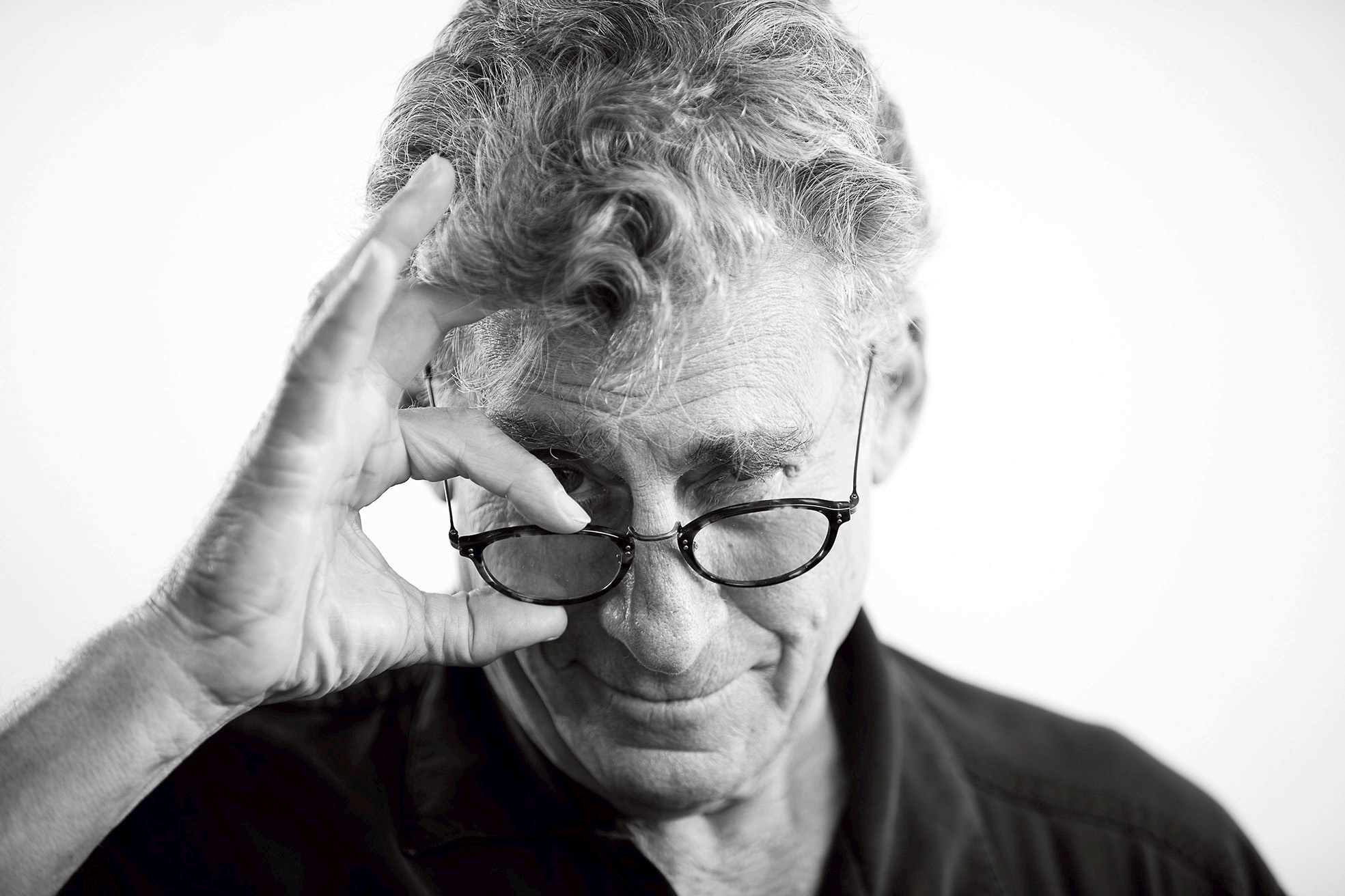
“Before that, my actor friends and I dismissed the idea of living in Hollywood. How could a serious artist move there?” says the Venice Beach resident.
“But I was flown in and put up at the Beverly Hills Hotel, where a pool boy asked: ‘Sir, can I get you something to eat?’ while I was in the water. And I said to myself: ‘This is the life.’”
Glaser was in a soap and a Broadway show when Norman Jewison spotted his easy manner and good looks although, to play Perchik, he was asked to wear brown contacts over his blue eyes. Evidently, Norman didn’t think Jews had blue eyes.
“Fiddler was my first film and a very interesting experience, but it was a journey because the studio kept everyone in Zagreb, even though I only worked about 25 days of the year’s shoot .The rest of the time, I was taking tennis lessons and watching Sergio Leone films at a makeshift movie theatre.”
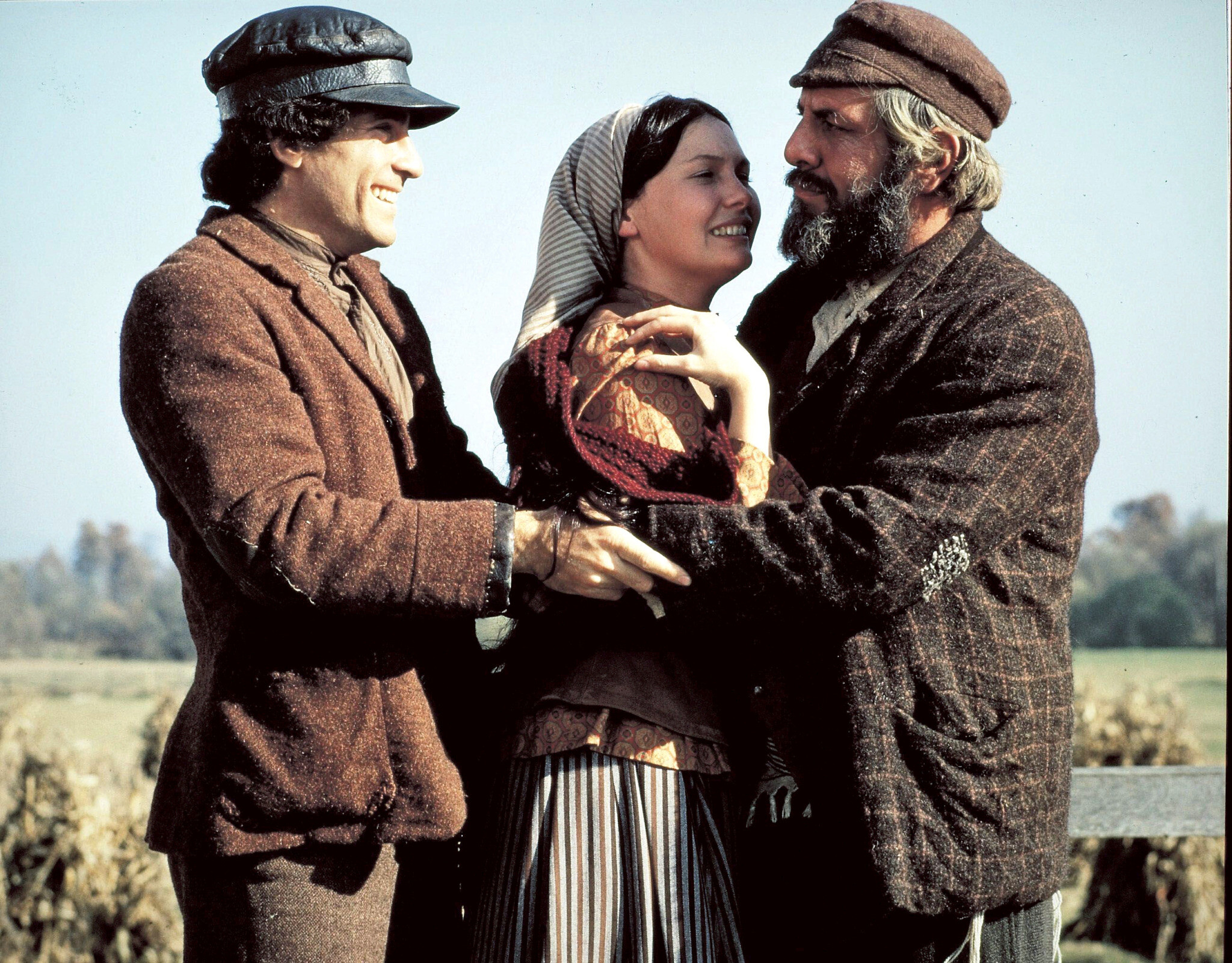
When filming stopped, Glaser, who already had a master’s in directing, went to Rome to write his own western.
“Because in all honesty, Fiddler put me off doing movies. When you’re an actor starting out, there’s not a lot of inclusion. It wasn’t like I could sit with Norman and say: ‘Hey, what are you thinking about now?’ He had his hands full doing his job.”
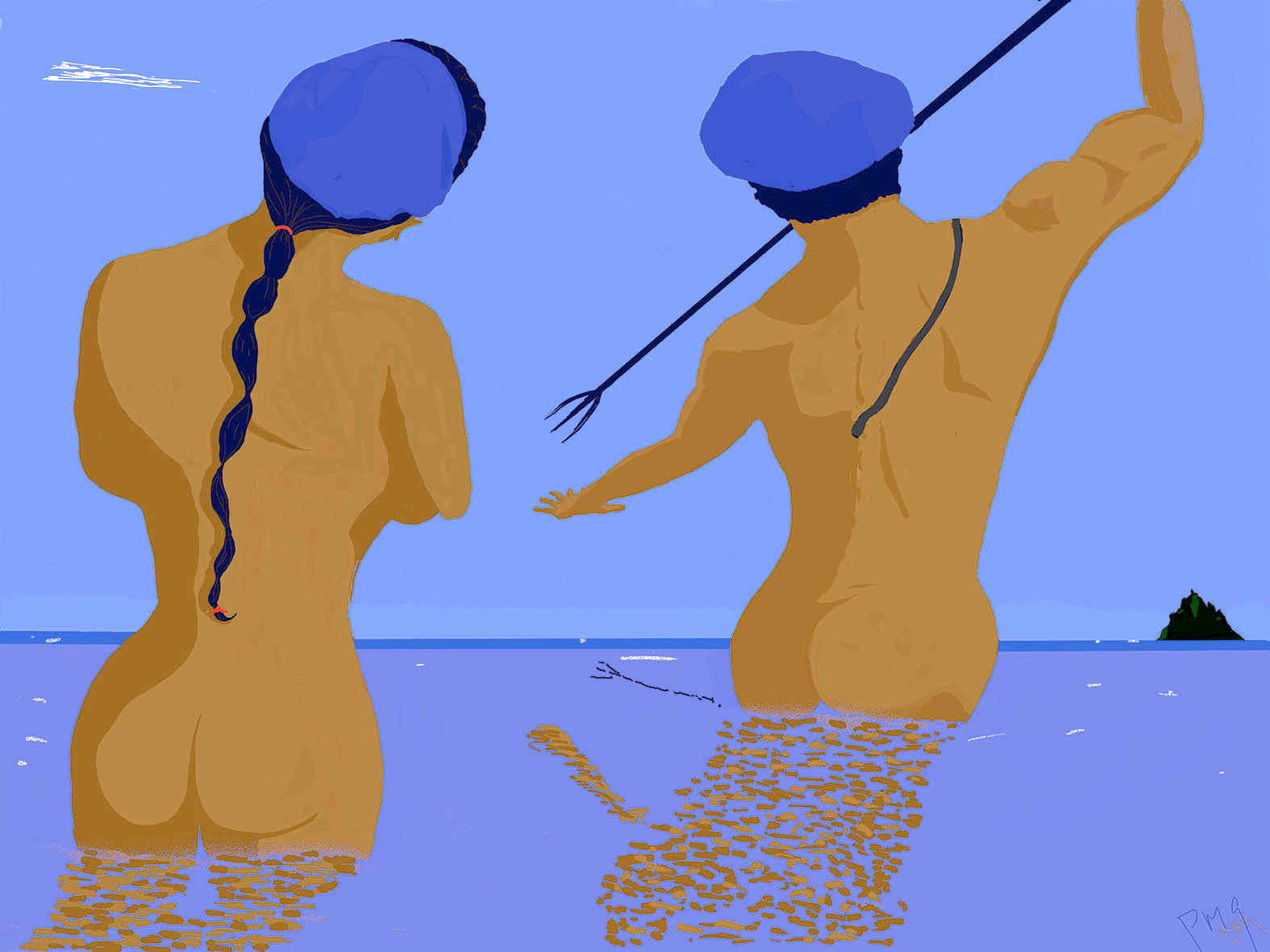
Although grateful for Starsky and Hutch, his own dream of being an auteur dissolved when his wife, Elizabeth, and first child, Ariel, contracted HIV through a blood transfusion. Glaser became a jobbing director out of necessity and, after their passing, dedicated himself to the Elizabeth Glaser Pediatric AIDS Foundation set up by his late wife.
Living in LA, he accepts roles when offered but is now a children’s author and illustrator, and his work as an artist is much sought after.
“I still have my ghosts and my demons,” he says. “I just don’t take them too seriously.”
Until 2013, Perchik was history, but an offer to play Tevye in the UK resurrected the past. “As I started rehearsals, I knew I was born to play the role and also realised Tevye is really Perchik grown up. Now I’ve played both. As the Good Book says: ‘If you wait long enough, You don’t have to wait any longer.’ I came up with that one.”
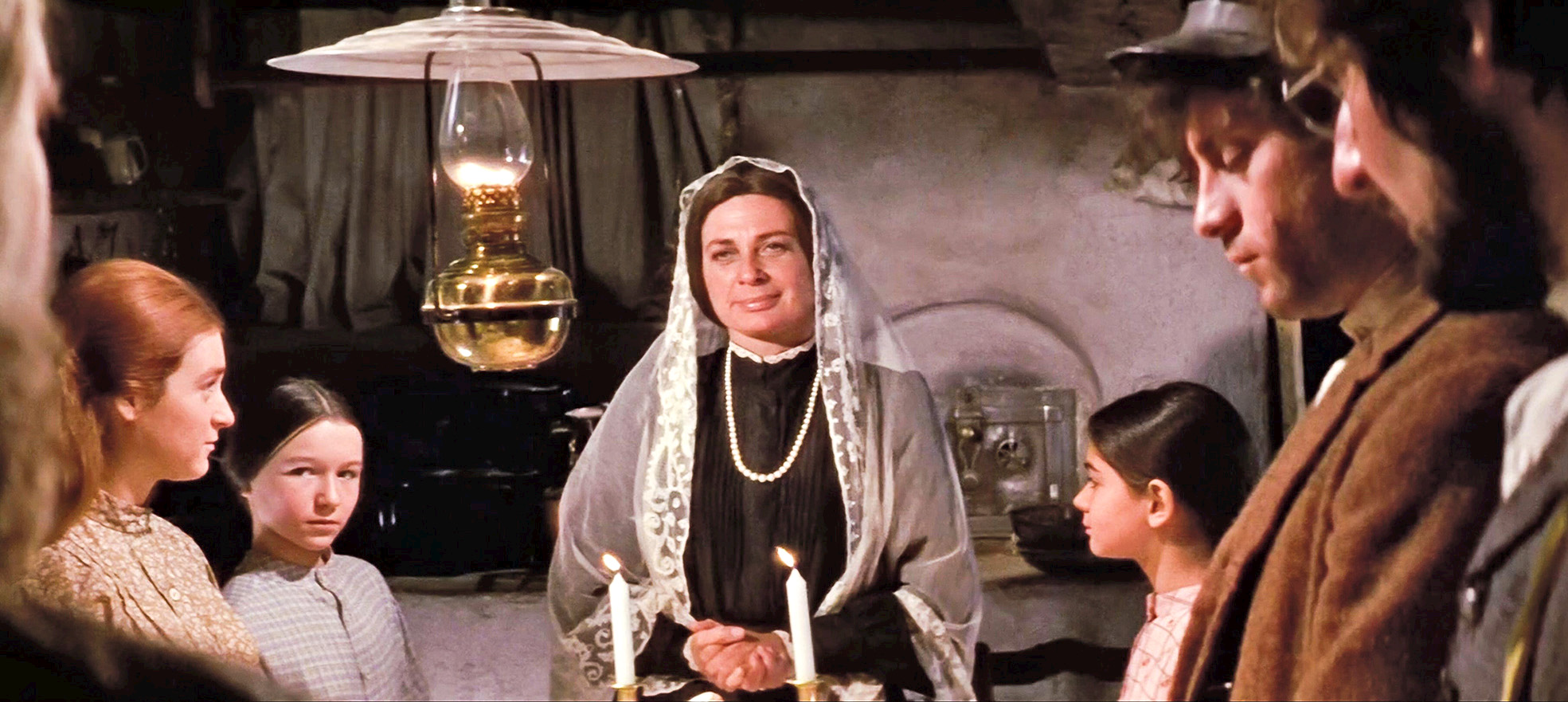
Being Bielke
2 August
‘My heart was beating away at the thought of going away to make a film. I had auditioned for the role of the youngest sister and after two months, I was told I’d got the part. My mother was coming with me which was nice. Now we are off to sunny Yugoslavia.’
Candy Bonstein was 10 when she wrote this entry in her diary. Now the blue-lined exercise book she was given 50 years ago is a collectible piece of the movie’s history.
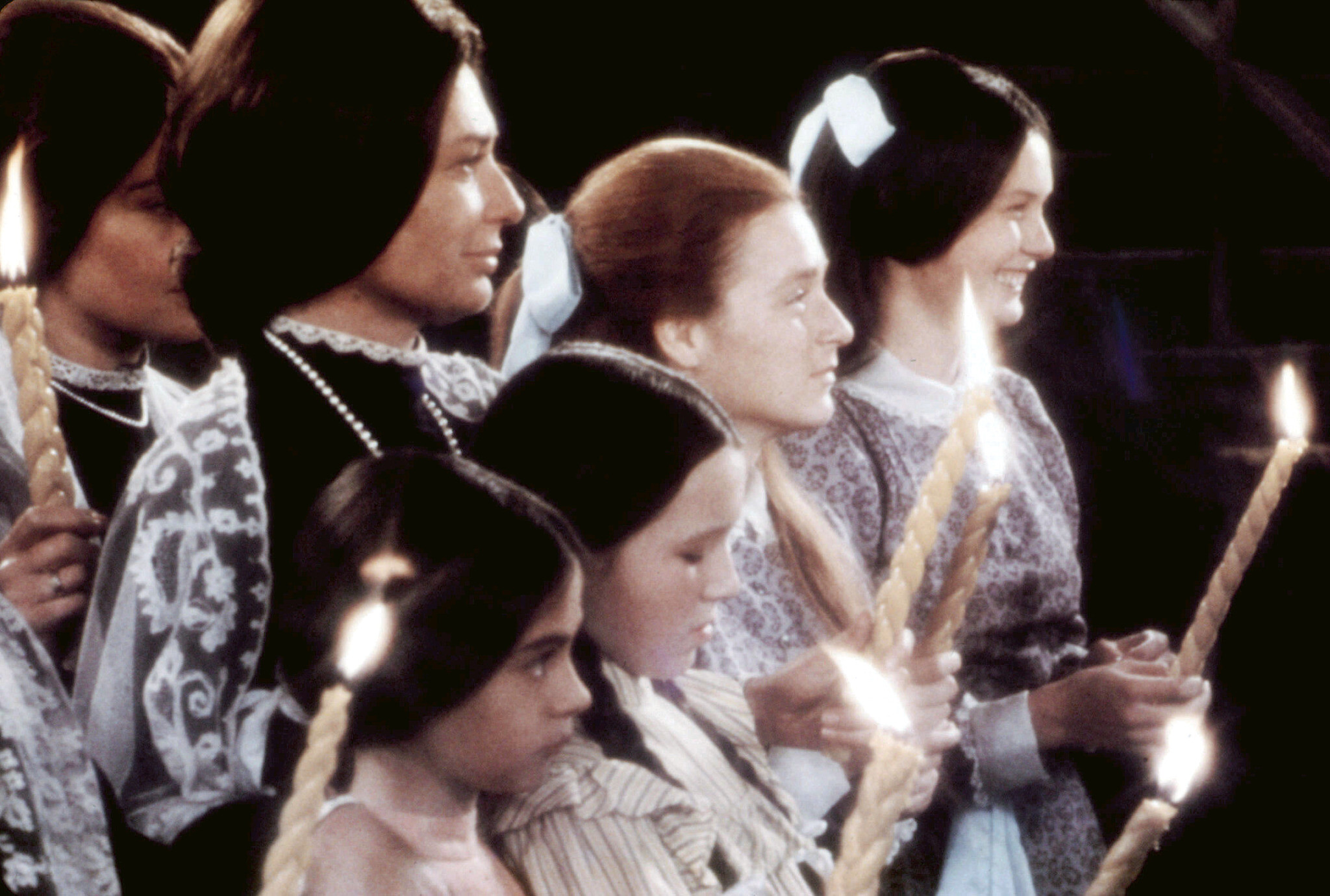
“It was just my homework in 1970, ” says Candy, then one of many students at the Corona Stage School getting regular TV and theatre work. “But Fiddler was different, as there were loads of auditions and when this Jewish girl from north London got the part, well you can imagine how my grandparents reacted. Everyone was excited and I was too young to realise what Fiddler meant to the community.”
With parents and grandparents alternating as her Zagreb chaperones, Candy also had matchmaker Yente looking out for her. “Molly Picon was
like a second grandma who took a real shine to me, though the name Michael (Paul Michael Glaser) also comes up a lot in my diary and the cafeteria. Scenes took forever to shoot and I was always hungry.”
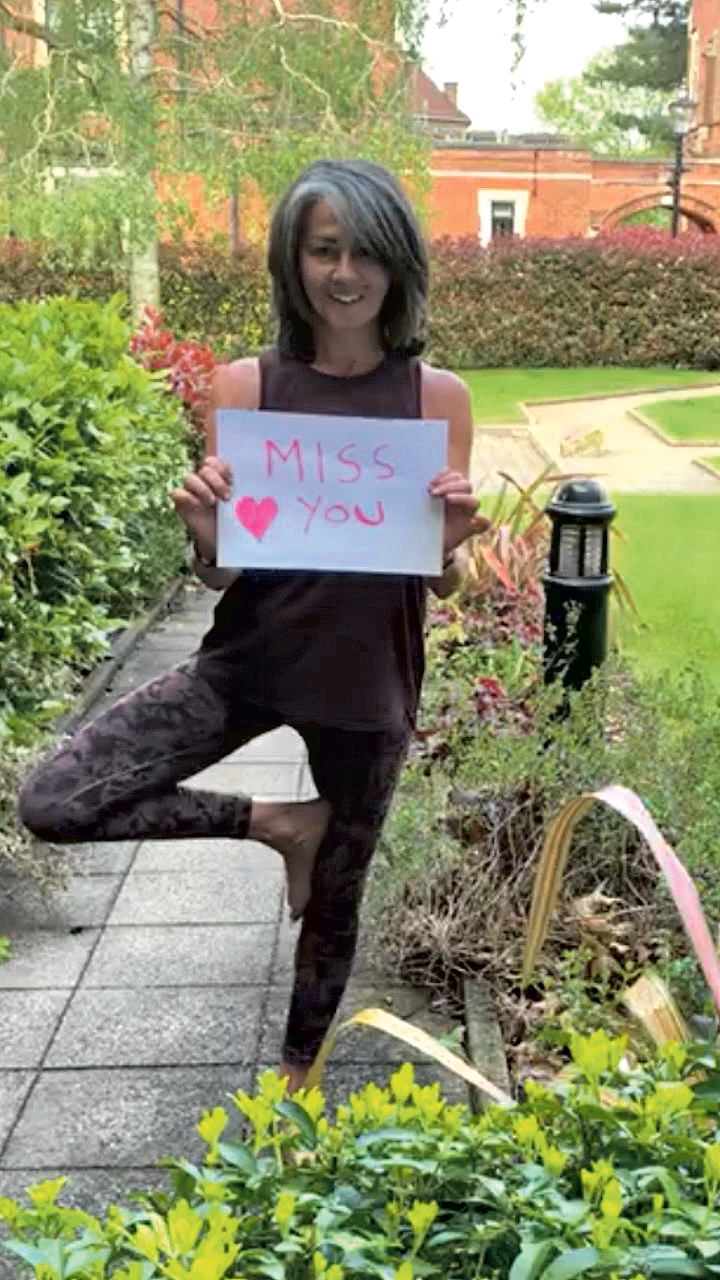
Hot wax dripping on to her hands from the candles she held in the wedding scene gets a mention, although not her scenes as Bielke, which got cut when the unedited film ran to four hours.
Candy went on to be a professional dancer and is now a pilates teacher
living in Bushey who rarely talks about Fiddler. But then she got a ticket to see the Chocolate Menier production of the musical.
“A friend took me and I was asked to hang back after the performance
and suddenly the entire cast came out to meet me.
“They made such a fuss of me, it was unbelievable and I burst into tears.”
Fruma Sarah Rises
Forever dressed in yellow as Hi-de-Hi’s Gladys Pugh, it was in the soil-stained gown of Lazar Wolf’s dead wife that Ruth Madoc made her screen debut. That no one ever guesses is a mark of her versatility, but it was her willingness to be suspended 15ft in a harness over a graveyard that Jewison loved.
“Today, a performance like that by an unknown would lead to more work, but I disappeared into oblivion,” she sighs.
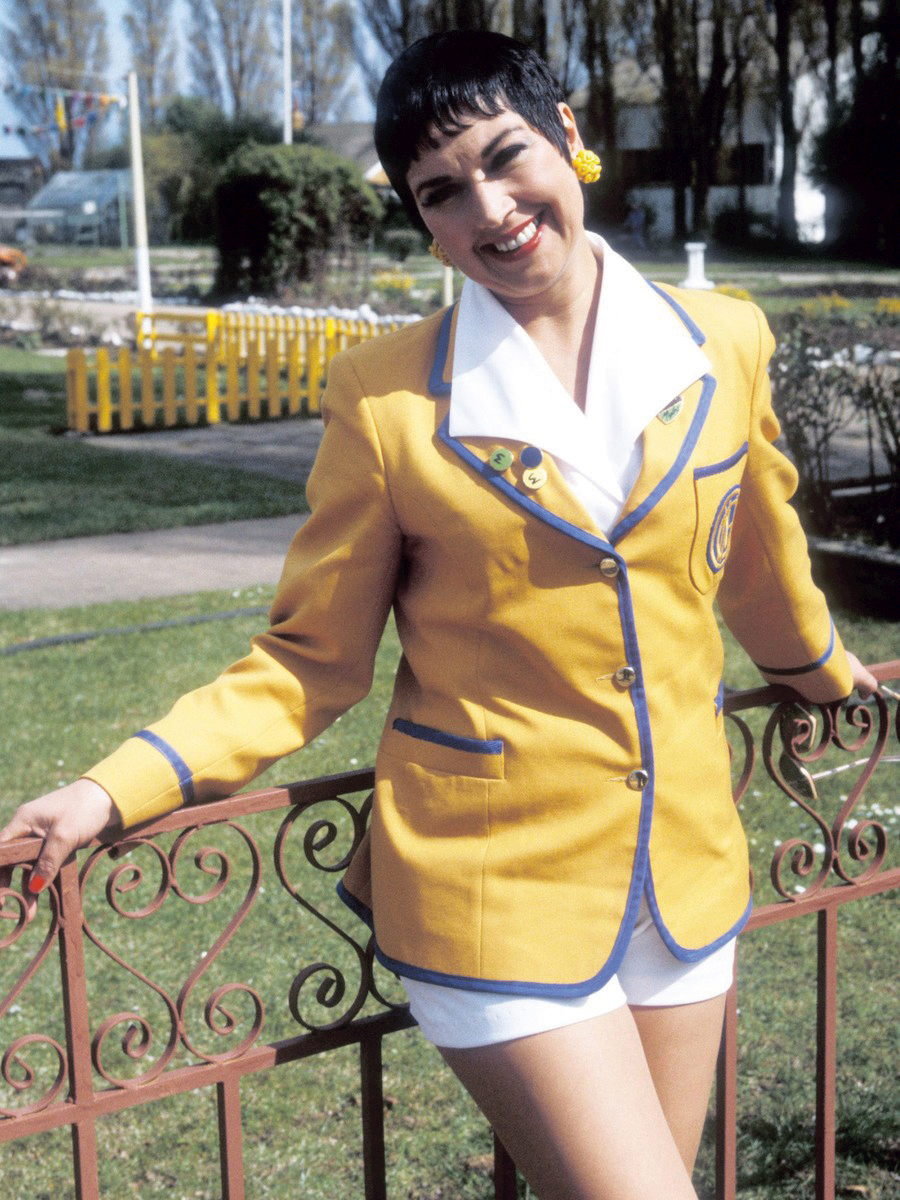
When she spotted the advert ‘seeking a soprano for Fiddler on the Roof’ in The Stage newspaper, Ruth had already starred in the West End’s Man of La Mancha, and didn’t know it was for a movie.
“At the audition, there were 500 girls in my group alone, but they whittled it down until there were two of us.”
Norman Jewison was swung by Ruth’s interpretation. “I was quite poor in those days and couldn’t afford to see the West End production, so I did my own version, which was camp and full of chutzpah.”
Shot at Pinewood, the dream sequence required a white-faced Ruth in long pearls to fly out of a grave. “The harness was hugely uncomfortable and I was up there for 10 days of filming with a guy called Inky on the pulley. One day, after he had a few at lunch, he almost dropped me, but I had no nerves in those days. I don’t know if I’d like to do it now at 78.”
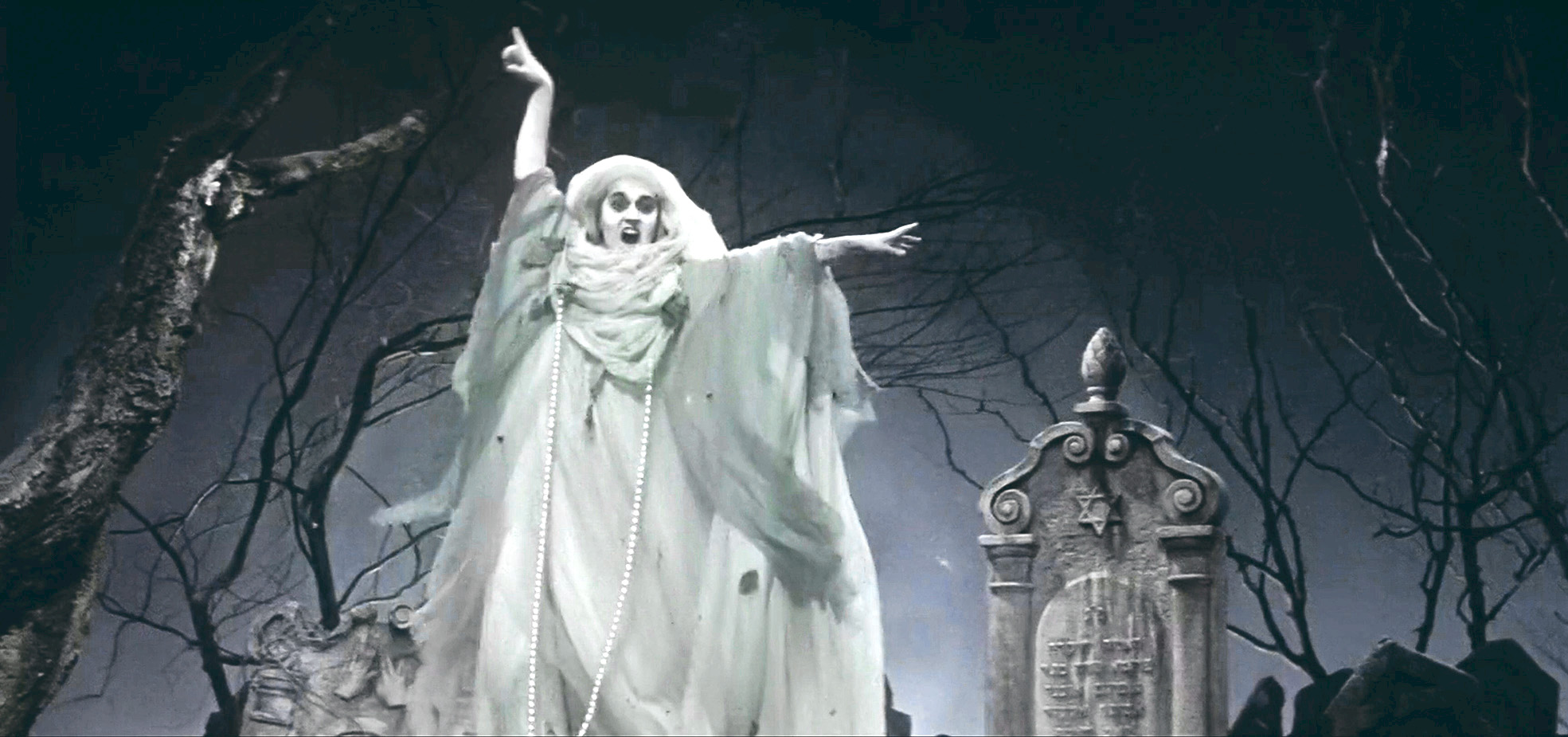
Jewison declared it a star performance, as did Topol, “who was absolutely lovely to me and thought I was Jewish because of the name Ruth”, she says. “When I told him I was Welsh, he said he knew Wales as he’d taken an Israeli choir to the international Eisteddfod just after the war. Then he patted me on the shoulder and said I was an adopted Jew. I thanked him and said I couldn’t be more proud of such an honour. You see my father and my mother, who was a hospital matron after the war, helped settle Jewish refugee children, so I knew about the suffering.
“Then, when I was at RADA in ’58, there were waiters at the local cafes in Gower Street who were camp survivors. One of them insisted on taking me to see Mein Kampf. When it finished, I cried my eyes out.”
Tevye’s Real Children
In 1967, Anat Topol-Barzilai, then nine, took her four-year-old brother, Omer, to see Fiddler on the Roof at Her Majesty’s Theatre in London every Saturday afternoon. “We certainly knew it word for word,” says Anat, who has lived in America for 35 years. “We sat on our own for three hours, had an ice cream during intermission and, at the end, went backstage to see Dad.”
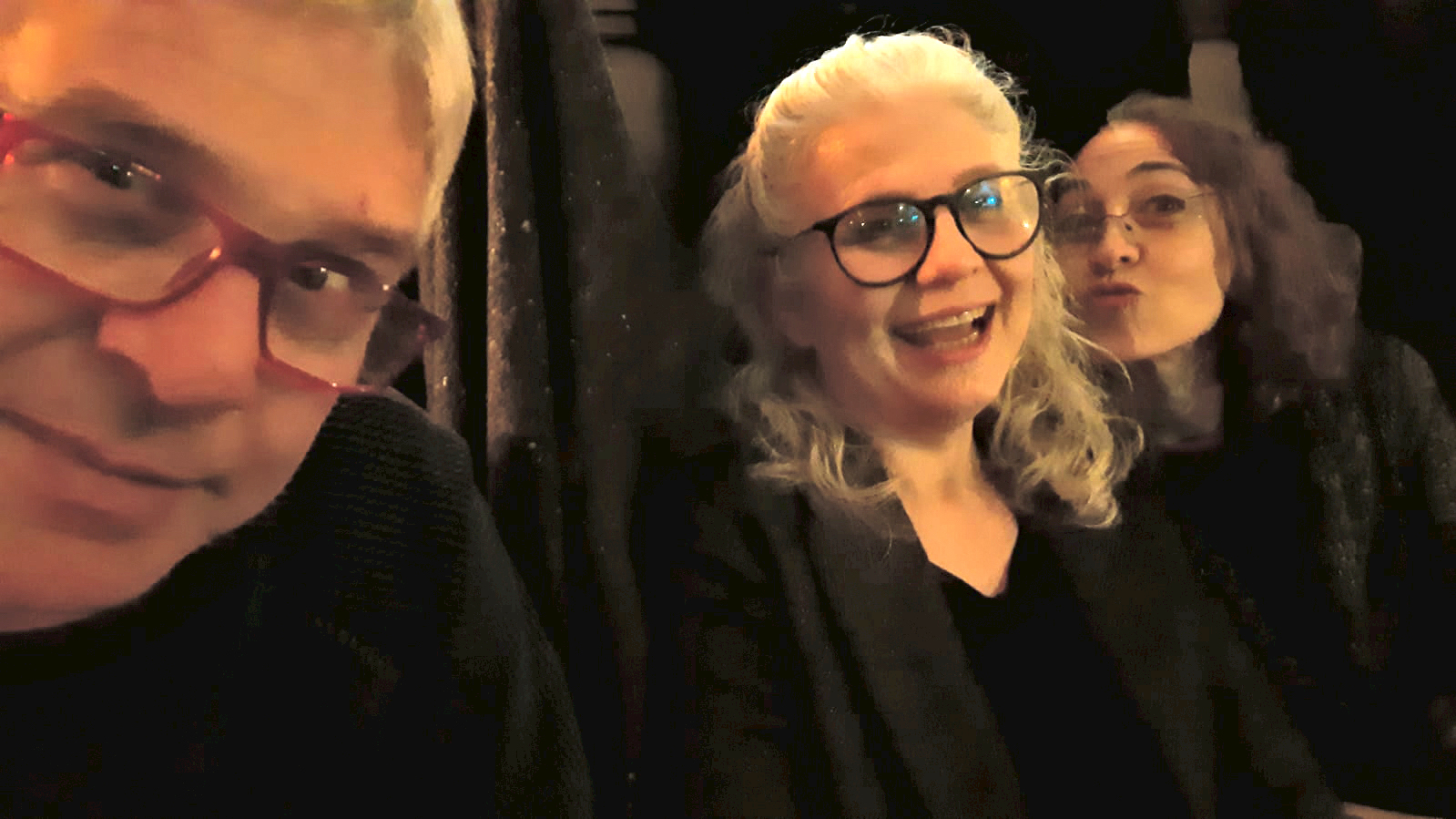
Chaim Topol was only 30 when producer Hal Prince spotted him in the Israeli film Sallah Shabati and thought he was perfect to play the mature milkman in the London production. Younger than expected and not yet fluent in English when he arrived, the father of three told Prince that “a good actor can play an old man, a sad face, a happy man. Make-up is not an obstacle,” and went on to get rave reviews as Topol, the new star.
“The English producers could not pronounce the consonant ‘chet’ at the beginning of his first name [Chaim], so they stuck with his last,” explains younger daughter Adi, who was 18 months old when the family relocated to the UK. “I was at home with mum (Galia Finkelstein, whom he married in 1956) while Anat and Omer were on the underground alone.”
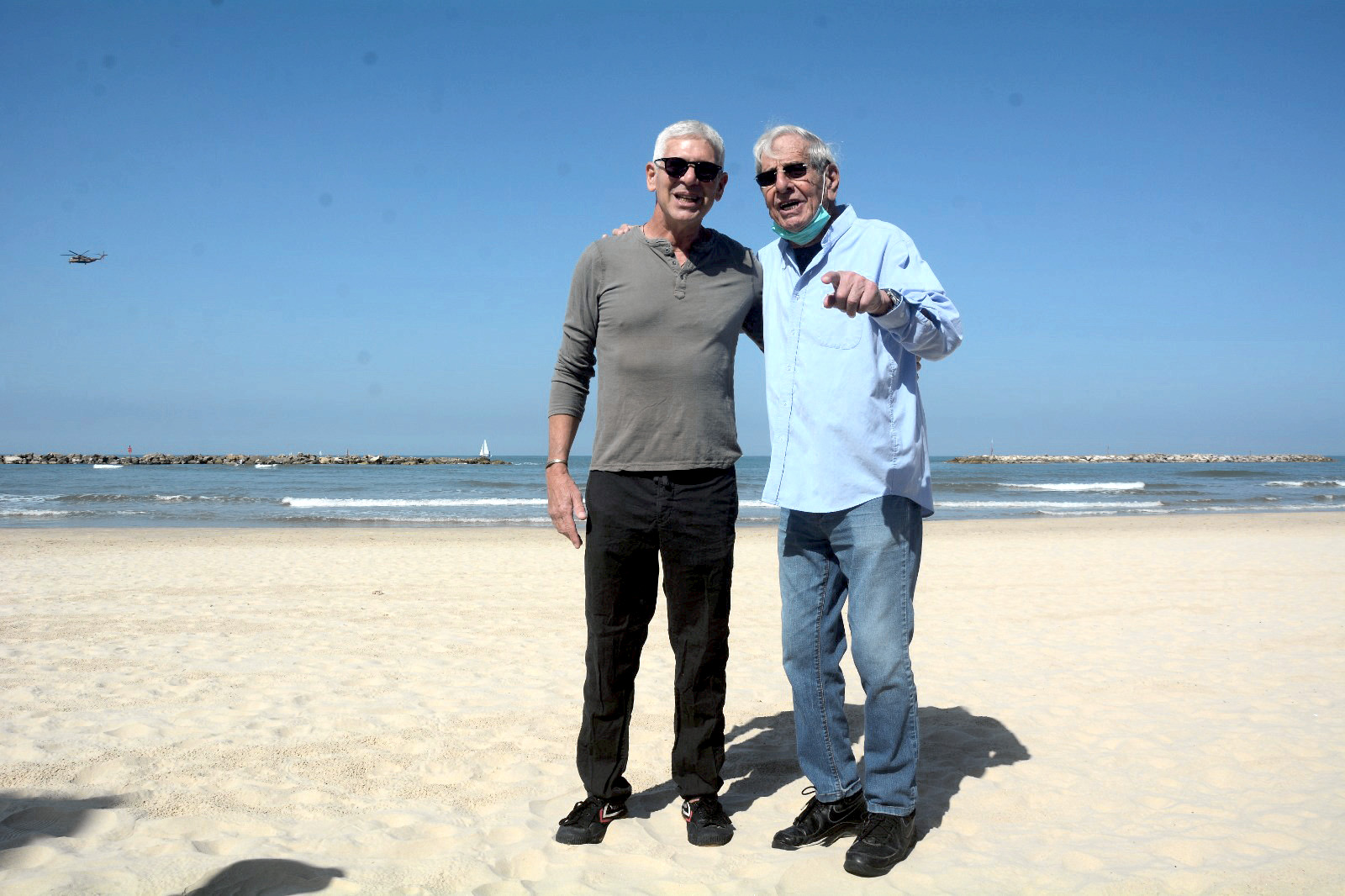
“We didn’t go on the Tube, but we were independent,” corrects Anat, formerly an actress best known for the Israeli film Banot (Girls), but now a nurse in a veteran’s hospital. “While I was studying, another student nurse from Nigeria went crazy when she discovered my dad was Topol. Fiddler was her mum’s favourite and she grew up on the film.
“When I went for a blood test, the Brazilian nurse spotted the surname and said: ‘Topol? Like the guy in the movie? I’m so into that culture,’ which made me laugh as I never think of it that way.”
During the London run, Topol was called up for reserve duty in the Six-Day War in Israel, but returned for more performances before Norman Jewison offered him the role that Rod Steiger, Danny Kaye, Walter Matthau and even Frank Sinatra wanted.
“But he got it and we all went to Yugoslavia to live in a gorgeous house and, for the entire school summer break, pretty much lived on the set,” recalls Anat, who, along with Omer appear in the film as Yente’s future shidduchs.

“I fell in love with the farmyard animals – a goat I think,” chuckles Adi, who runs Overtone UK recording studios in London with her musician husband, Dror Margalith. “When my father met Dror, he looked at him then looked at me and said: ‘But he’s normal!’ He had low expectations.”
Anat laughs: “Yes, but when I took my Irish Catholic boyfriend to Fiddler rehearsals in London, Dad did the ‘fish may love a bird’ speech straight to us, which wasn’t subtle. But he is direct, and when Omer finished the army and wanted to study medicine to become an underwater paramedic, my father said: ‘But what are we going to talk about?’”
Memories of the Zagreb set include hanging out with Norman Jewison’s kids and sitting on the back of the milk cart with the cameraman while Topol pulled it along.
“It was great fun for six months until winter and then they relocated to Pinewood where we visited less, but I was there when they shot the dream sequence, which terrified me,” says Adi.
“But we were always well-behaved,” adds Anat. “Our parents made sure of it, so we didn’t get in the way and as we grew up they were very hands off about our decisions in life. My eldest son recently described our father as the ultimate dad because of Tevye.” Adi smiles. “And I know exactly what he means.”

Thank you for helping to make Jewish News the leading source of news and opinion for the UK Jewish community. Today we're asking for your invaluable help to continue putting our community first in everything we do.
For as little as £5 a month you can help sustain the vital work we do in celebrating and standing up for Jewish life in Britain.
Jewish News holds our community together and keeps us connected. Like a synagogue, it’s where people turn to feel part of something bigger. It also proudly shows the rest of Britain the vibrancy and rich culture of modern Jewish life.
You can make a quick and easy one-off or monthly contribution of £5, £10, £20 or any other sum you’re comfortable with.
100% of your donation will help us continue celebrating our community, in all its dynamic diversity...
Engaging
Being a community platform means so much more than producing a newspaper and website. One of our proudest roles is media partnering with our invaluable charities to amplify the outstanding work they do to help us all.
Celebrating
There’s no shortage of oys in the world but Jewish News takes every opportunity to celebrate the joys too, through projects like Night of Heroes, 40 Under 40 and other compelling countdowns that make the community kvell with pride.
Pioneering
In the first collaboration between media outlets from different faiths, Jewish News worked with British Muslim TV and Church Times to produce a list of young activists leading the way on interfaith understanding.
Campaigning
Royal Mail issued a stamp honouring Holocaust hero Sir Nicholas Winton after a Jewish News campaign attracted more than 100,000 backers. Jewish Newsalso produces special editions of the paper highlighting pressing issues including mental health and Holocaust remembrance.
Easy access
In an age when news is readily accessible, Jewish News provides high-quality content free online and offline, removing any financial barriers to connecting people.
Voice of our community to wider society
The Jewish News team regularly appears on TV, radio and on the pages of the national press to comment on stories about the Jewish community. Easy access to the paper on the streets of London also means Jewish News provides an invaluable window into the community for the country at large.
We hope you agree all this is worth preserving.
- Features
- Life Magazine
- Pulitzer Prize
- Sholem Aleichem
- fiddler on the roof
- Chaim Topol
- Tutte Lemkow
- Jerry Bock
- Sheldon Harnick
- Hamilton
- Thomas Kail
- Anatevka
- United Artists
- Arthur Krim
- Max Lewkowicz
- Fiddler: A Miracle of Miracles
- Shmuel Rodensky
- Rosalind Harris
- Bette Midler
- Lynn Stalmaster
- Norman Jewison
- Paul Mann
- Michele Marsh
- Samuel Goldwyn
- Leonard Frey
- Ray Lovelock
- Norma Crane
- New York City Opera
- Robert Boyle
- Paul Michael Glaser
- Elizabeth Glaser Pediatric AIDS Foundation
- Candy Bonstein
- Ruth Maddock
- Anat Topol-Barzilai
-
By Brigit Grant
-
By Laurent Vaughan - Senior Associate (Bishop & Sewell Solicitors)
-
By Laurent Vaughan - Senior Associate (Bishop & Sewell Solicitors)
-
By Laurent Vaughan - Senior Associate (Bishop & Sewell Solicitors)
-
By Laurent Vaughan - Senior Associate (Bishop & Sewell Solicitors)


